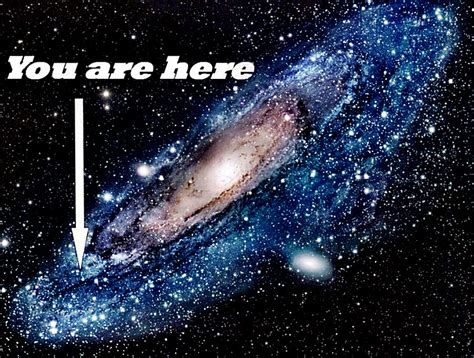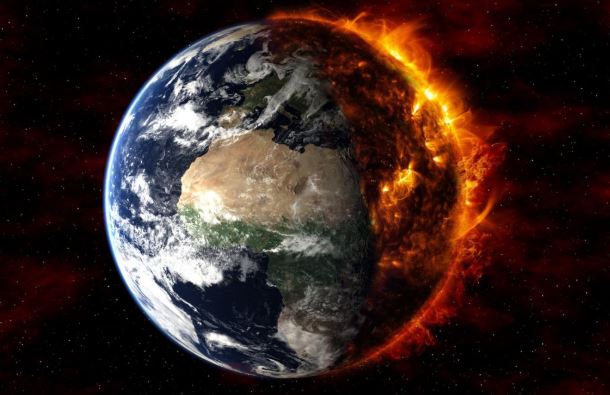Scientists: Detecting mini black holes may indicate existence of parallel universes
10/26/2020 / By Virgilio Marin

An international team of researchers says that parallel universes may now be discovered through the Large Hadron Collider (LHC), the world’s largest particle smasher. The discovery rests upon whether scientists will be able to generate and detect mini black holes at a predicted energy level.
In a study published in the Physics Letters B., the team said the LHC might be able to smash particles at that energy level, given its unparalleled prowess. If scientists detect a mini black hole, that will indicate the existence of extra dimensions – and, by extension, parallel universes.
Previous attempts at detecting mini black holes
Physicists had tried to detect mini black holes before but repeatedly came up empty-handed. This was expected if there really were only four dimensions – three of space and one of time – since the energy required to produce a mini black hole in a four-dimensional universe is much bigger than the energy that could be achieved at the LHC.
However, if extra dimensions exist, the team said that the energy required to produce a mini black hole will be much lower, dropping to levels achievable at the LHC. This is because gravity in the universe may somehow leak into the extra dimensions, explained co-author Mir Faizal of the University of Waterloo in Canada.
Meanwhile, scientists had not detected a mini black hole because they relied on the current gravity model to make their calculations. Albert Einstein’s general theory of relativity works when applied to large, cosmic objects like stars and planets but falls apart when used for explaining nature at the molecular level. (Related: The Higgs boson ‘God Particle’ discovery explained in the context of conscious cosmology.)
In particular, the theory states that gravity is caused by the curving of space and time. But the researchers pointed out that the geometry of space and time gets deformed at the Planck scale, which is several times smaller than an atom and is where mini black holes are thought to exist.
Finetuning calculations to detect mini black holes
In the study, the researchers used a new theory, called gravity’s rainbow, to account for this modification of space-time geometry. Gravity’s rainbow states that space and time curve differently for particles of different energy.
Using the new model, they predicted that a mini black hole may form at energy levels of at least 9.5 tera-electron-volts (TeV) in six dimensions and 11.9 TeV in 10 dimensions. So far, scientists only searched for a mini black hole at energy levels below 5.3 TeV.
“We have calculated the energy at which we expect to detect these mini black holes in gravity’s rainbow,” said Faizal.
The LFC could achieve energy levels of up to 14 TeV, so future endeavors to generate a mini black hole based on the study’s calculations are feasible. Detecting a mini black, in turn, will support several ideas, including parallel universes, extra dimensions and gravity’s rainbow.
However, the researchers clarified that when they say “parallel universes,” they’re not referring to a “multiverse,” or the many-worlds interpretation of quantum mechanics in which every possibility in the universe is realized. “What we mean is real universes in extra dimensions,” said Faizal. Only gravity can leave the universe and enter these extra dimensions, he added.
But could a mini black hole swallow the planet? After all, the gravitational pull of black holes is so strong that not even light could escape upon entering their fold. That’s unlikely, according to experts. Deceased theoretical physicist Stephen Hawking calculated that all black holes should lose mass over time. This means that mini black holes should die within a fraction of a second before they could gobble up a significant amount of matter. (Related: Astronomers have, for the first time, detected matter falling into a black hole at 30% of the speed of light.)
And it’s still possible that parallel universes don’t exist at all. If a mini black hole isn’t detected at the predicted energy levels, one of three possibilities could be at play, according to corresponding author Mohammed Khalil of Alexandria University in Egypt. One, extra dimensions and parallel universes don’t exist. Two, they exist but are much smaller than expected. Three, scientists need to reexamine gravity’s rainbow.
Whatever the results, people all over the world will surely be watching.
Read more articles about mind-boggling cosmic experiments at Cosmic.news.
Sources include:
Tagged Under: cool science, cosmic, discovery, extra dimensions, general theory of relativity, Gravity, gravity's rainbow, mini black holes, multiverse, parallel universe, particle smasher, physics, quantum mechanics, research, Space
RECENT NEWS & ARTICLES
COPYRIGHT © 2017 REAL SCIENCE NEWS




















